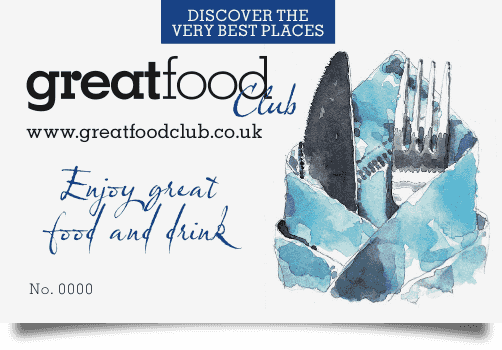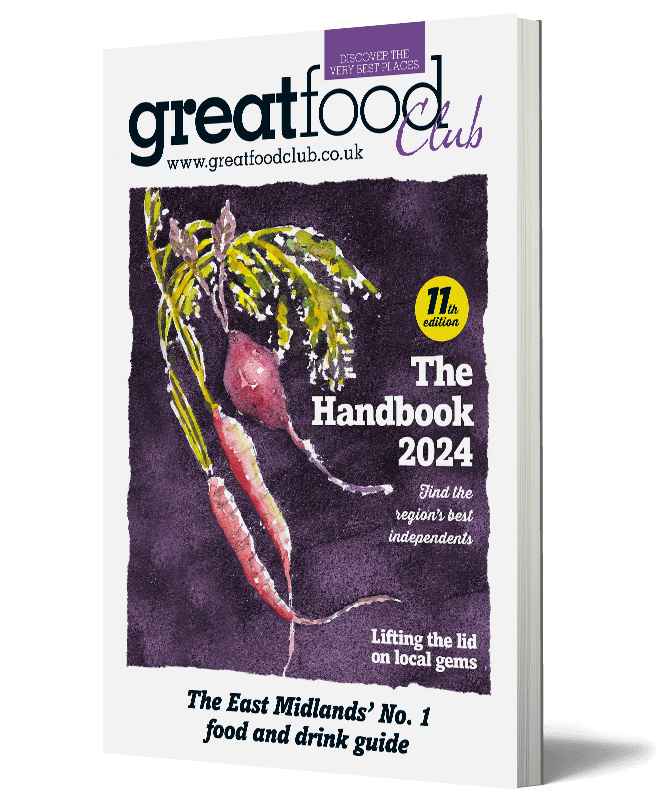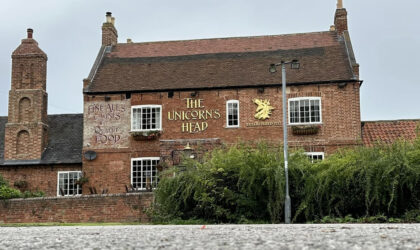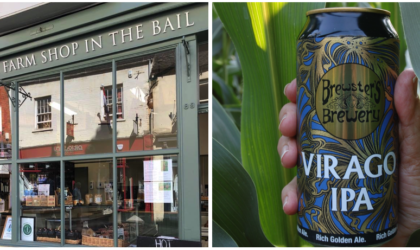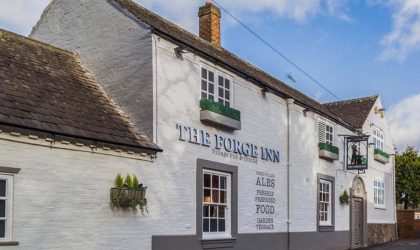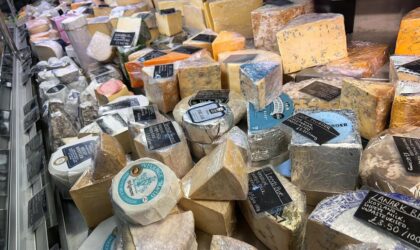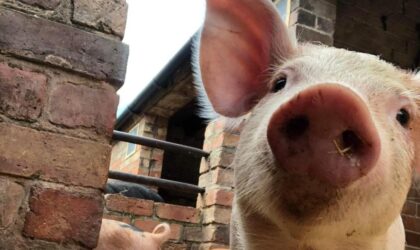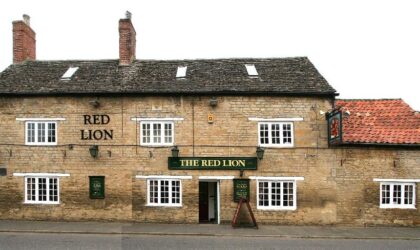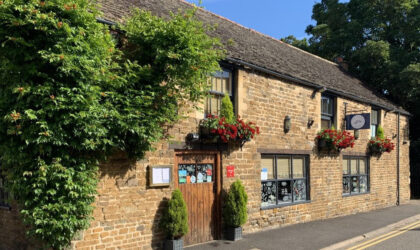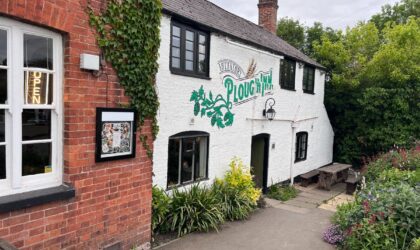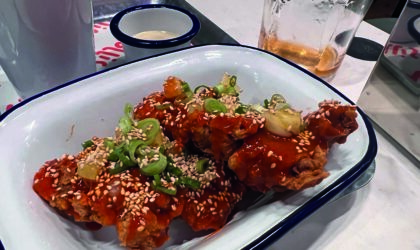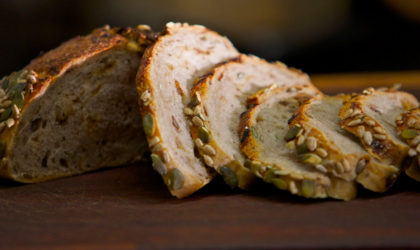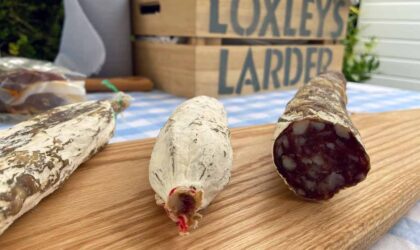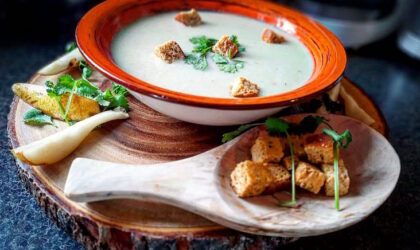What’s in a Protected Food Name?
Published on October 6, 2014
By Hannah Steggles
Protected Food Names is a European scheme that provides protection for foods on either a geographical or recipe basis. There are three types of protection currently available: Protected Designation of Origin (PDO), Protected Geographical Indication (PGI) and Traditional Speciality Guaranteed (TSG). You may have seen the logos on the food you buy without giving much thought to what they actually mean.
So what is the difference between a PDO, a PGI and a TSG? Simply speaking, a PDO can only be applied to a product where the whole process takes place in a defined geographical area and which gains specific attributes from that geographic area. A good example is Stilton cheese (which is a PDO). According to the specification for Stilton, one of the reasons it is distinctive is because the geographical conditions of the region make for very rich soil. Because cows graze on grass grown on that very rich soil they are able to produce the rich, high quality milk required to make Stilton.The whole process, from cows grazing, to milking and the making of the final product, all take place in the defined area of Leicestershire, Nottinghamshire and Derbyshire.
On the other hand, a PGI can be applied to products as long as one of the stages of production takes place in the defined geographic area and it has a reputation, feature or characteristic attributable to that area. For example, the Lincolnshire sausage was refused PGI protection because, despite having ‘Lincolnshire’ in its name, the application did not show any enduring link between Lincolnshire and the Lincolnshire sausage. Instead DEFRA took the view that any reputation attached to the Lincolnshire sausage came from the recipe and not the geographical area of production.
A TSG is somewhat different; it is not connected to a geographical area. Instead it protects products that have traditional or customary names and a set of features that distinguish them other similar products. Examples include Traditional Farm Fresh Turkey and Traditionally Farmed Gloucestershire Old Spots.
For producers there are significant benefits in obtaining a Protected Food Name. A recent study commissioned by the European Community found that foods with Protected Names attract a price premium over corresponding standard products. In some cases this can be as much as double the price of the standard product*. Aside from the direct financial benefit to producers, numerous other benefits include product differentiation, increased consumer awareness and confidence, access to new markets and better access to funding and investment aid.
Furthermore, for consumers buying a product which bears one of the logos above gives confidence as to the product’s origin. Generally, supply chains are much shorter and when purchasing a traditional British food with a PDO or PGI logo – you know that you are supporting local businesses and that the product has been made to minimum standards. Essentially you can be confident that you know what you are buying and where it has come from!
British foods are worth being proud of and our heritage and traditions are certainly worth protecting. So keep an eye out for those logos next time you hit the shops!
* Source – Arete Study on Assessing the Added Value of PDO/PGI Products commissioned by the European Commission
Hannah Steggles is an associate solicitor at Howes Percival in Leicester, a law firm with considerable experience in the applying for and opposing Protected Food Name applications.


